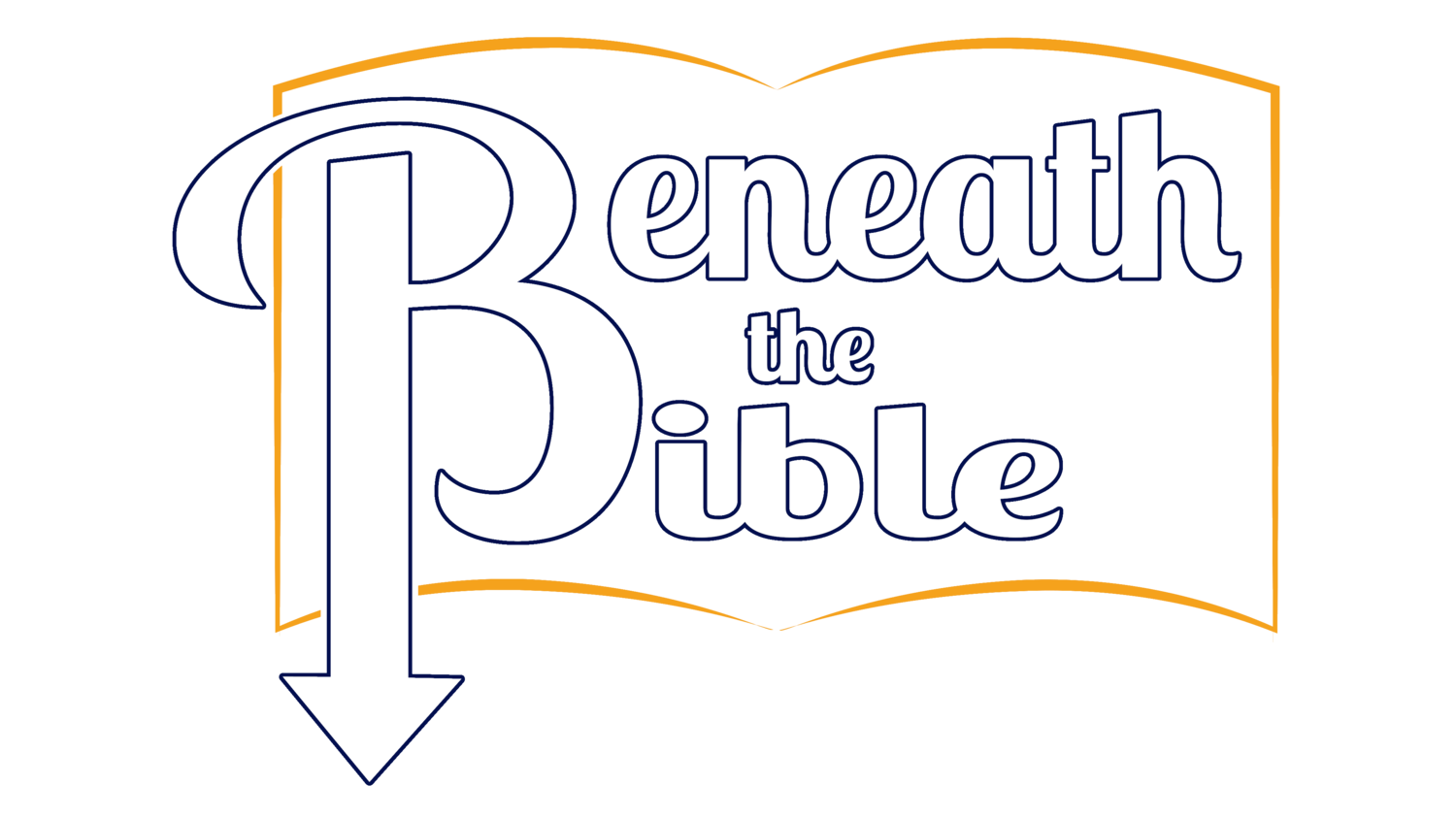The Wings of God
Wings appear on a variety of different creatures and beings in the art of the ancient world. And they are used many different ways to convey a variety of meanings. One of the most common meanings is to convey a sense of protection, often divine protection. These various depictions of art may be behind some of the “wing” imagery we see used in the Hebrew Bible, particularly in the Psalms.
If you are interested in learning more about this topic we suggest you start here:
Brueggemann, Walter, and William H. Bellinger, Jr. Psalms: New Cambridge Bible Commentary. Cambridge: Cambridge University Press, 2014.
Keel, Othmar. Translated by Timothy J. Hallett. The Symbolism of the Biblical World: Ancient Near Eastern Iconography and the Book of Psalms. Eisenbrauns: Winona Lake, IN., 1997.
LeMon, Joel M. Yahweh’s Winged Form in the Psalms: Exploring Congruent Iconography and Texts. Fribourg, Switzerland/Göttingen, Germany: Academic Press/Vandenhoeck Ruprecht, 2010.
Psalm 29 and its Near Eastern Context
This Psalm is a hymn of praise that borrows strongly from Canaanite mythic traditions and literature. We dive into some of the images associated with the Canaanite gods Ba’al and El and how those images may help us understand parts of this Psalm.
This Psalm draws on a lot of Near Eastern imagery; allusions the original readers would likely have picked up on. Here we look at a few ideas and phrases from the middle section of this Psalm and see how they may have been understood by those original Near Eastern readers.
If you are interested in learning more about this topic we suggest you start here:
Brueggemann, Walter, and William H. Bellinger, Jr. Psalms: New Cambridge Bible Commentary. Cambridge: Cambridge University Press, 2014.
Day, John. “Echoes of Baal’s Seven Thunders and Lightnings in Psalm XXIX and Habakkuk III 9 and the Identity of the Seraphim in Isaiah VI,” Vetus Testamentum (1979): 143-151.
Keel, Othmar. Translated by Timothy J. Hallett. The Symbolism of the Biblical World: Ancient Near Eastern Iconography and the Book of Psalms. Eisenbrauns: Winona Lake, IN., 1997.
Psalm 91 and its Near Eastern Context
This Psalm draws on a lot of Near Eastern imagery; allusions the original readers would likely have picked up on. Here we look at a few ideas and phrases from the middle section of this Psalm and see how they may have been understood by those original Near Eastern readers.
If you are interested in learning more about this topic we suggest you start here:
Brueggemann, Walter, and William H. Bellinger, Jr. Psalms: New Cambridge Bible Commentary. Cambridge: Cambridge University Press, 2014.
Keel, Othmar. Translated by Timothy J. Hallett. The Symbolism of the Biblical World: Ancient Near Eastern Iconography and the Book of Psalms. Eisenbrauns: Winona Lake, IN., 1997.

